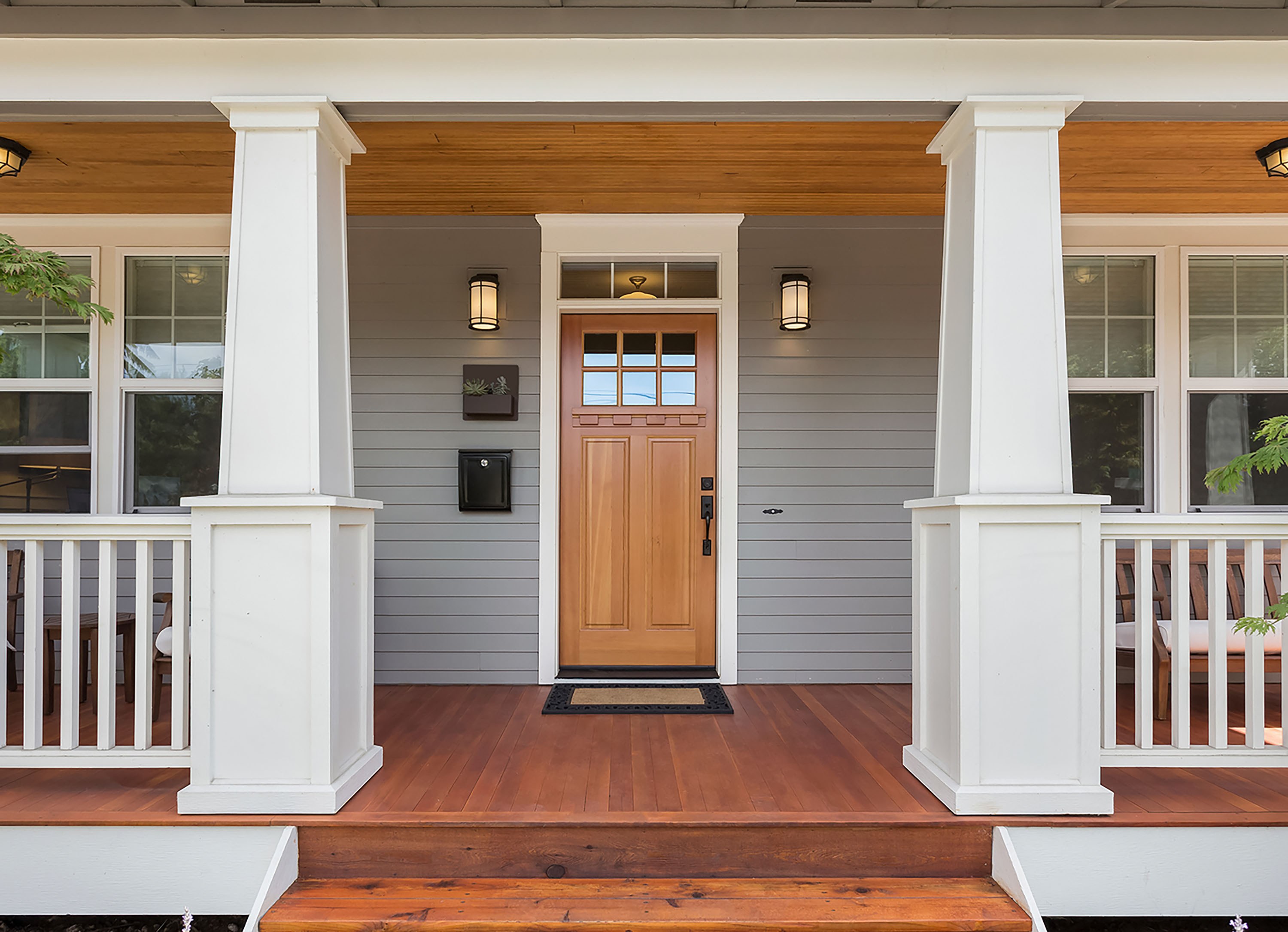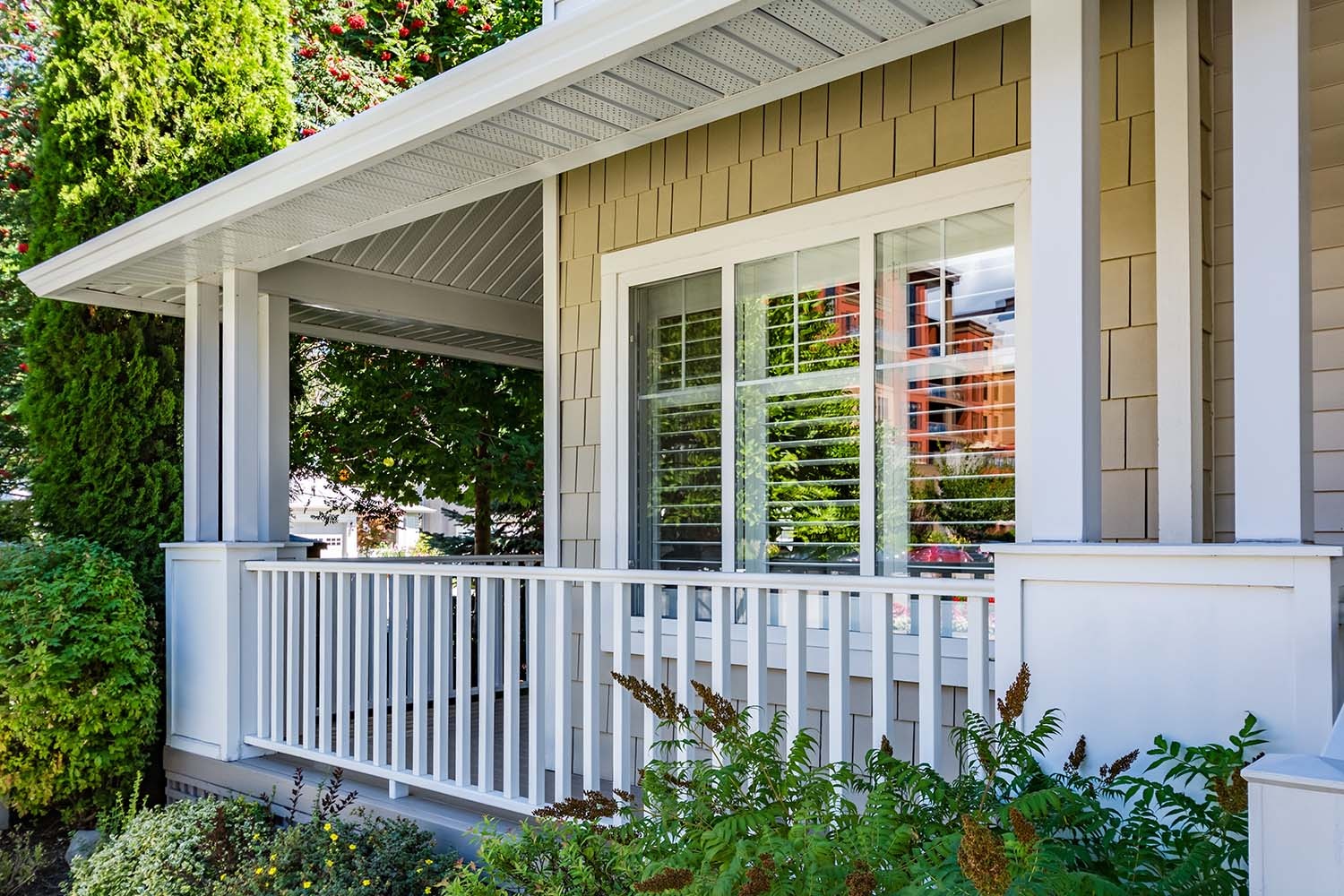Weather Barriers 101: How to Choose Them & Why They Matter
It’s well known in the industry that all siding products leak. No matter how perfect the installation is, water will find its way behind the siding. Enter weather barriers. Weather resistive barriers are an integral part to every siding system. Also called house wrap, the weather barrier is a home’s second line of defense and is placed underneath siding (or shingles), on top of the home’s sheeting, to protect the structure from water and moisture. The right material and proper installation is important to prevent penetration.
Not all weather barriers are created equal. We vet our weather barrier products by the following standards:
Water resistance
The most important job of the weather barrier is to prevent moisture from entering. If water or moisture does get in, the plywood underlayment and/or the framing can decay and lose its structural integrity.
Material
Weather barriers need to serve the purpose of keeping water out, however, they cannot do this at the expense of trapping interior moisture inside. So, the material must breath and allow for interior moisture to escape.
The material of the house wrap must also be strong enough to prevent ripping or tearing during the installation of the product. However, it can’t lose its pliability. It must have some pliability to prevent cracking or crumbling of the material during cooler months.
Lifespan
Some lighter-weight wraps can deteriorate over time. However, durable, enhanced weather barriers can be expected to last even beyond the lifetime of your siding. Paying more for the best house wrap on the market means you’ll end up with a product that continues to protect your home for decades to come.
Apart from these important specifications, a product is only as good as its installers. Without proper installation, the weather barrier can be rendered useless.
What to look out for when installing weather wrap:
Attachment
It’s important to ensure the wrap does not tear or get holes during the installation process. Cap nails are the best product for securing the weather barrier to the house. The large button size of the nail head prevents the nail from poking through the material and/or causing it to tear.
Reinforcement
Every seam of the house wrap should be taped per the manufacturer’s requirements. The seam tape connects the disparate pieces and prevents water from entering at those points.
If you’re using a contractor to install a roof or siding, find out exactly what weather barrier they use and ask them about the factors above to ensure you’re getting a long-lasting, durable product that will protect your home.



